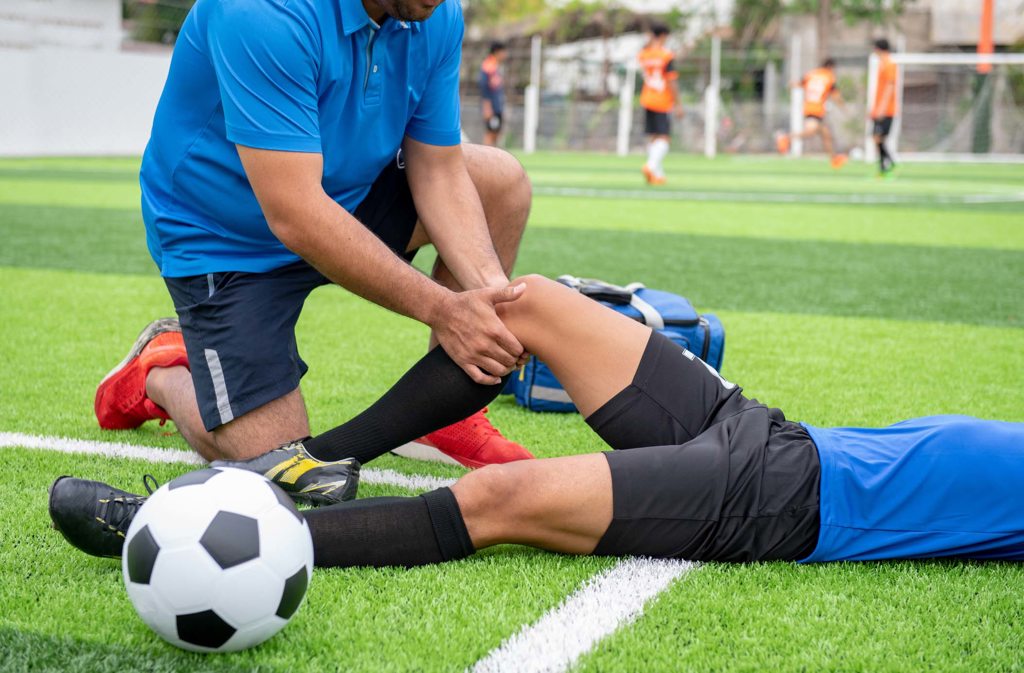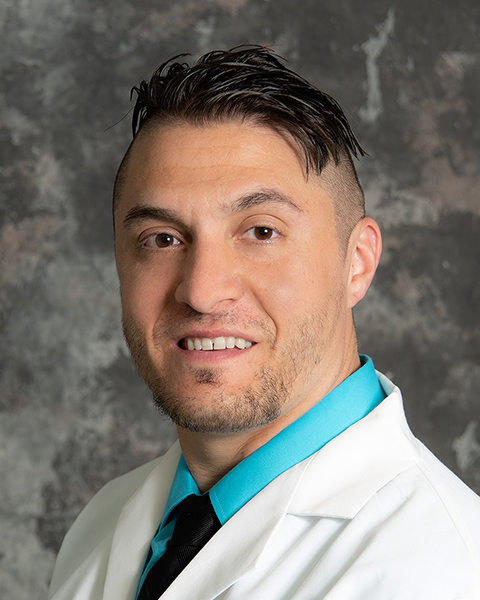
The Key to Preventing Fall Sports Injuries? Communication.
The start of a new school year also signals the start of fall sports and with them come sports-related injuries. Nearly one-third of all childhood injuries occur while playing sports, but according to the Centers for Disease Control and Prevention, half of those can be prevented.
Sports have changed drastically over the last couple of generations. Not long ago, youth sports were much less intensive and competitive. Today, a child may play multiple games on the weekends and have practice every day of the week. In fact, the majority of sports-related injuries occur during practice.
“Injuries are common among children because they have something called growth plates, which are new areas of bone growth that are very susceptible to stress,” said Matthew A. Varacallo, MD, medical director of Orthopedic Robotic Surgery at Penn Highlands Healthcare “Growth plates are made of rubbery cartilage, and they are weaker than solid bone and more prone to injury. They do not completely harden until the end of puberty, usually around ages 13 to 15 for girls and 15 to 17 for boys.”
Because most children are still growing during the years they play organized sports, injuries are sometimes inevitable. But that doesn’t mean they are not preventable.
“The first thing every parent should do is schedule a physical before practices start,” said Dr. Varacallo. “During a physical, your child’s provider will determine factors that could increase their risk for injury, and they will create a plan of action to address those concerns.”
Parents should also talk with coaches about what protective equipment will be provided and what athletes need to bring for themselves. In addition, ask the coaches about the condition of fields and courts. Inquire when they were last inspected. Surfaces that have not been maintained are prime for injuries.
Talk with your children, too.
“I have seen many injuries that could have been prevented or lessened if the child had spoken up earlier,” said Dr. Varacallo.
Remind your student athlete that everyone can get injured, and if they are in pain, the best thing they can do to stay in the game is to speak up and get checked out as soon as possible.
Communication is particularly important when it comes to concussions. While concussions are often associated with football, they are possible in every sport. A study published in the Journal of Pediatrics found that girls’ soccer had almost the same rate of concussion incidence as boys’ football.
Common symptoms of concussions in children include dizziness, headaches, difficulty thinking or remembering things, fatigue and irritability.
It’s much easier for parents and coaches to assess possible concussion symptoms when they can have an open and honest conversation with the athlete. And that’s true for preventing all types of injuries during the season.
Penn Highlands Healthcare offers comprehensive orthopedic and sports medicine care for all individuals, from Little League players to college athletes and weekend warriors. Penn Highlands’ specialists are focused on providing treatment to get patients back in the game as quickly and safely as possible. For more information, visit www.phhealthcare.org/sportsmedicine.

